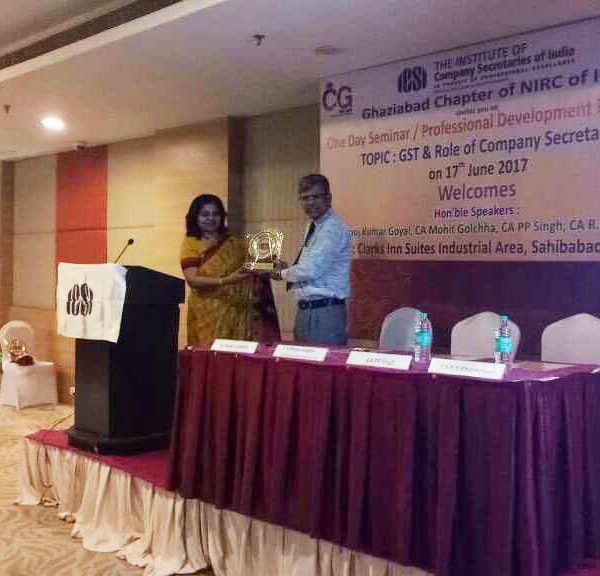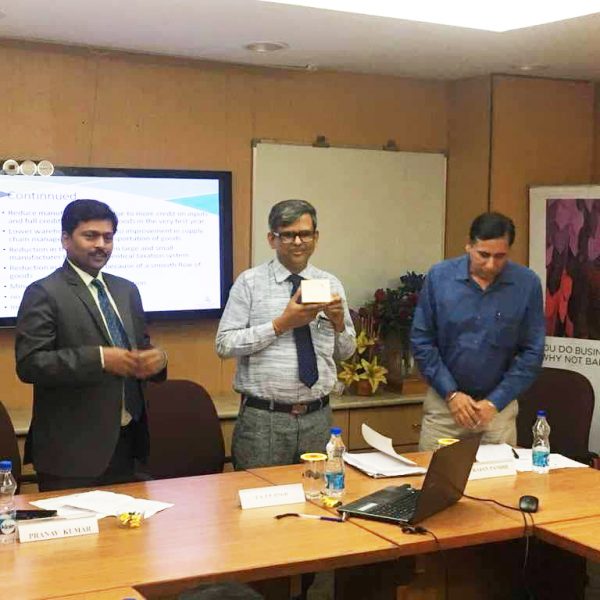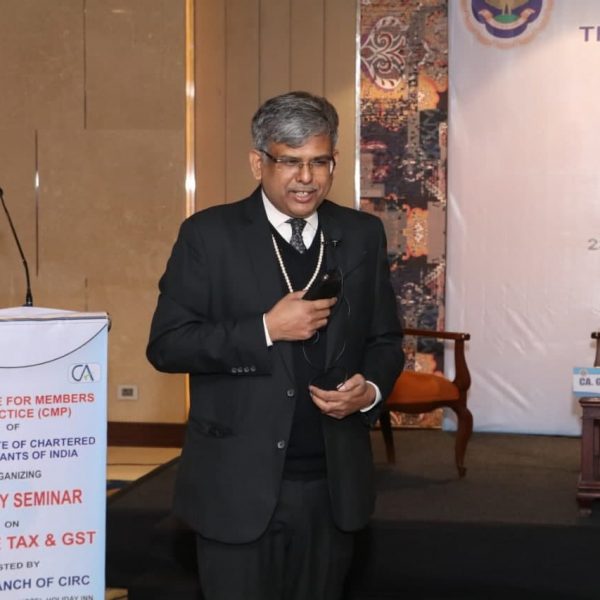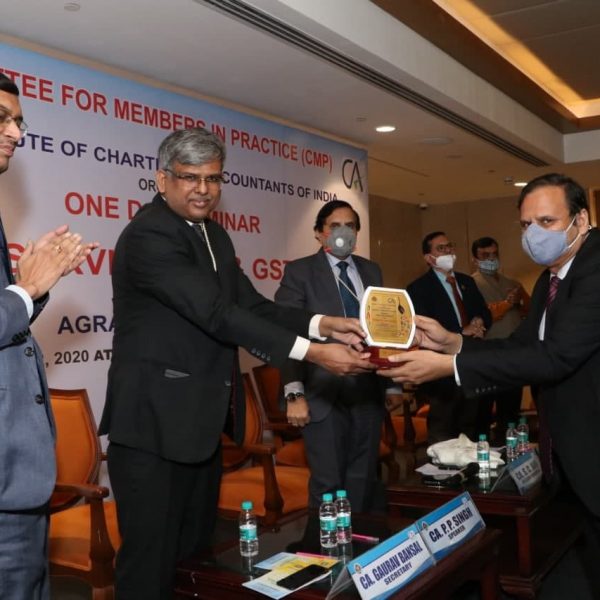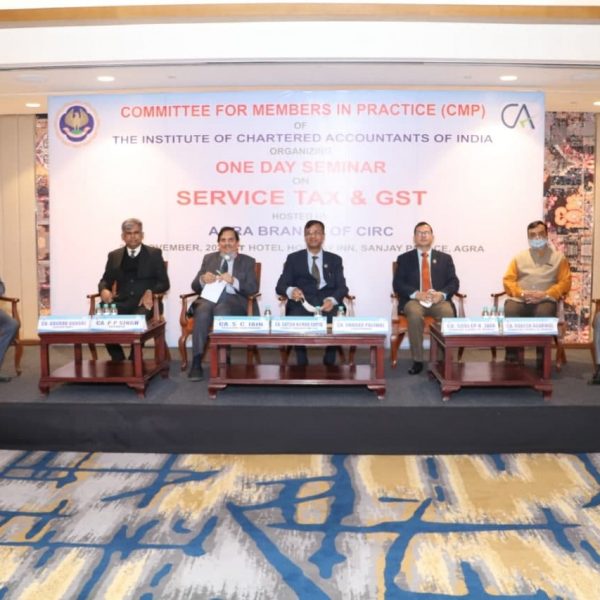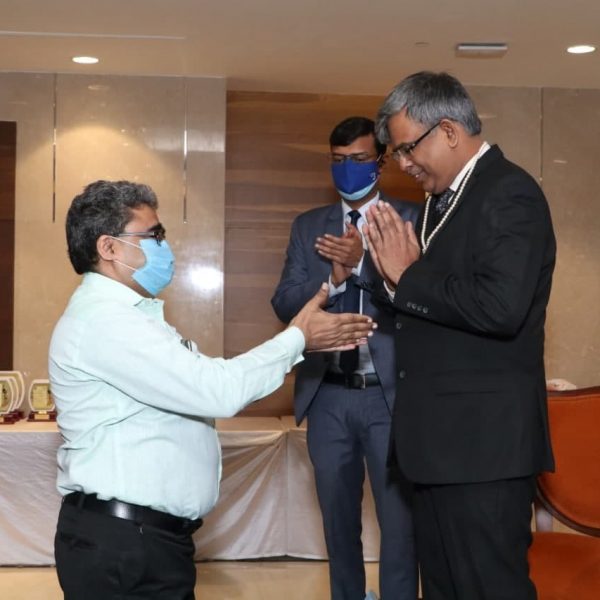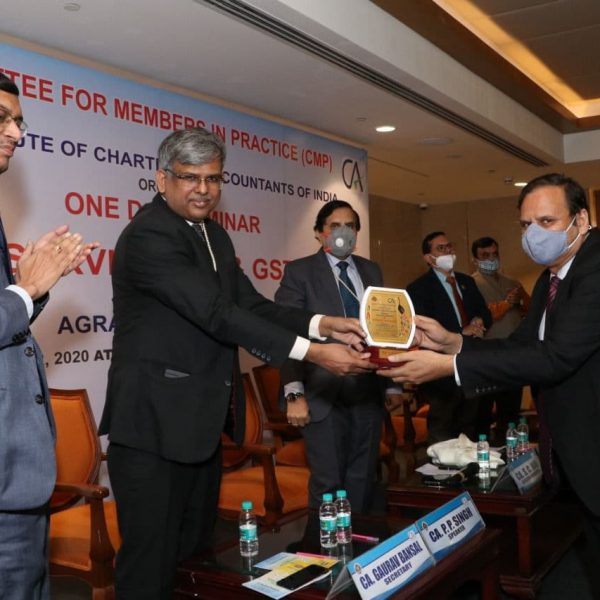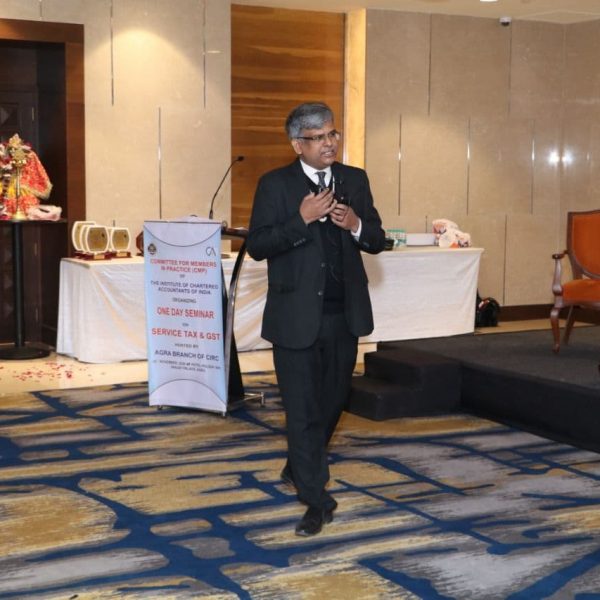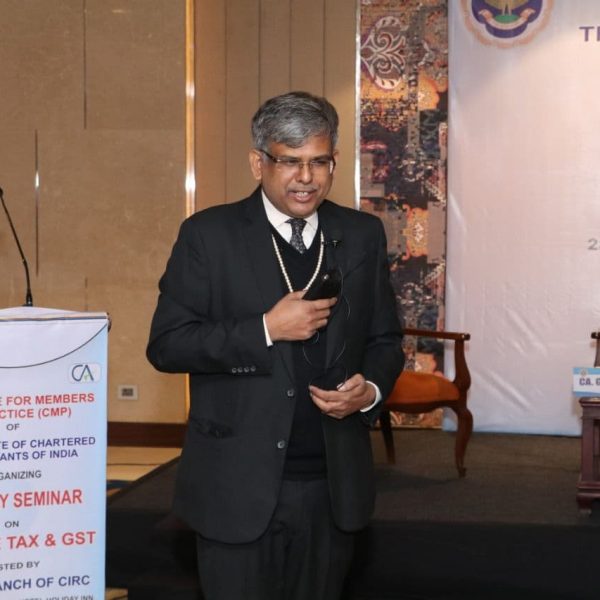Scope and Objective of the Doctrine of Harmonious Construction:
If different provisions of a statute are apparently inconsistent, the court while making an interpretation of the law should be such that it prevents confusion or incompatibility between the different sections or parts of the statute being used. Whenever a discrepancy arises between two or more statutes or different clauses or sections of a single statute, the doctrine of harmonious construction must be followed. This doctrine is based on the straightforward principle that every statute and its provisions have a legal purpose and nothing is redundant/extra and any statute should be read in totality. The interpretation should be in such a way that all of the provisions of the statute should be used and no portions of the statute is redundant/useless and contrary to each other. If harmonization of two or more statutes or different clauses or sections of a statute is impossible, the court’s decision on the provision would take precedence.
Latin maxims related to the doctrine of Harmonious Construction:
Generalia specialibus non-derogant: This means that a prior special law would yield to a later general law if two of the following conditions are satisfied, the later law, even though general, would prevail if:
- The two provisions are conflicting with each other.
- There is some express reference in the later legislation of the previous enactment.
Generalibus specialia derogant: if a special provision is made on a certain matter, then that matter is excluded from the general provisions. Applying this rule, the Patna High Court held in its judgement, Vinay Kumar Singh v. Bihar State Electricity Board (2003) that Article 351 of the Constitution of India is a general provision regarding the development of Hindi in India. Article 348 on the other hand, is a specific provision with respect to the language to be used in the Supreme Court and the high courts. Therefore, the applicability of Article 351 of the Constitution is entirely precluded.
Principles that govern the doctrine of Harmonious Construction: In Commissioner of Income Tax v. M/S Hindustan Bulk Carriers (2000)(SC) the Hon’ble Supreme Court laid down five main principles that govern the rule of harmonious construction that are as follows:
- The courts should try and avoid a conflict of seemingly disputing provisions and effort must be made to construe the disputing provisions so as to harmonize them.
- The provision of one section cannot be used to overthrow the provision covered in another section unless the court is unable to find a way to settle their differences despite all its effort.
- In the situation when the court finds it impossible to entirely reconcile the differences in inconsistent provisions, the courts must interpret them such that effect is given to both the provisions as far as possible.
- Courts must also take into account that the interpretation that makes one provision redundant and useless is against the essence of harmonious construction.
- Harmonizing two contradicting provisions means not to destroy any statutory provision or to render it ineffective.
Leading Case laws:
Venkataramana Devaru v. State of Mysore (1957)
In this case, the trustees of an ancient, renowned temple of Sri Venkataramana filed a suit under Section 92 of the Code of Civil Procedure, 1908 (CPC) against the exclusion of Harijans from entering into Hindu temples after the passing of the Madras Temple Entry Authorization Act (Madras V of 1947). The trustees made a representation to the Government that the temple was a private one and founded exclusively for the Gowda Saraswat Brahmins, and, therefore, outside the operation of the Madras Temple Entry Authorization Act. However, the Government did not accept that position and held that the said Act applied to the temple.
The trustees argued that the temple was not defined under Section 2(2) of the Madras Temple Entry Authorization Act and Section 3 of the Act was void because it was offensive to Article 26(b) of the Constitution of India. Thus, an appeal was made to the Trial Court which gave a decision against the appellants. But the High Court of Madras passed a limited decree in the favour of the appellants stating that although the public, in general, were entitled to worship in a temple, the appellants had a right to exclude the general public during certain ceremonies in which only the members of the Gowda Saraswath Brahmins alone were entitled to participate. Dealing with the controversy that Section 3 of the Madras Temple Entry Authorization Act was in violation of Article 26(b) of the Indian Constitution, the High Court held that a denominational institution is also a public institution, Article 25(2)(b) of the Constitution would apply, and therefore, all classes of Hindus were entitled to enter into the temple for worship.
The Court further added that Article 25(1) of the Constitution deals with the rights of individuals and Article 26(b) with the rights of religious denominations. However, Article 25(2) covers a much wider ground and controls both Articles. Article 26(b) must, therefore, be read keeping in mind Article 25(2)(b) of the Constitution.
The decision by the Supreme Court clarified the challenge in the interpretation of Section 2(2) and Section 3 of the Madras Temple Entry Authorisation Act (V of 1947) while also laying clearly the concepts pertaining to the matter of religion and harmonisation of irregularities arising at the time of interpretation of Article 25(2)(b) and Article 26(b) of the Indian Constitution. The Apex Court dismissed both the appeal and the application for special leave to appeal.
Unni Krishnan, J.P., etc. v. State of Andhra Pradesh and Others (1993)
The case of Unni Krishnan was momentous with respect to the Right to education in India as it contested the question of the ‘Right to life’ as provided under Article 21 of the Constitution of India. Article 21 guarantees every citizen a right to education. The issues which came before the Apex Court were, whether a citizen has a Fundamental Right to education for professional degrees like medicine, engineering etc. and whether our Constitution guarantees the right to education to all its citizens.
A writ petition was filed challenging whether the ‘Right to life’ under Article 21 also covers and guarantees the right to education to all the citizens of India, and whether the right to education here also includes professional education or degree.
The Supreme Court held that the right to basic education was inferred by the: Right to life under Article 21 when read with Article 41 of the directive principle on education. The Court also referred to Article 45 and inferred that there is no fundamental right to education for a professional degree that emanates from Article 21. On the issue of the prevalence of Fundamental Rights over Directive Principles of State Policy (DPSP), the Court commented that the provisions of Part Three and Part Four are supplementary and complementary to each other and that the Fundamental Rights and Directive Principles should be interpreted harmoniously as they form the social conscience of the Indian Constitution.
K.M. Nanavati v. The State of Maharashtra, (1961)
This is one of the most famous cases in Indian legal history and the jury trials were abolished after this case in India. A Navy Commander KM Nanavati was accused of murdering his wife’s secret lover, Prem Ahuja, and as a result, was held guilty under Section 302 of the Indian Penal Code.
He was charged under Section 302 and Section 304 of the IPC and the trial was held by a Sessions Judge, Bombay and the special jury held him not guilty under both the sections involved under IPC. However, the Sessions Judge was dissatisfied with the jury’s decision as he felt that it was not a logical decision taking into view the evidence of the case. So, he took the case to the High Court of Bombay under Section 307 of the Code of Criminal Procedure, 1973 giving reasons for his views. The High Court approved the reasoning of the Sessions Judge. The High Court said that taking into account the circumstances of the case, the offence could not be reduced from murder to culpable homicide not amounting to murder. The High Court held Nanavati guilty of the offence of murder and this decision was further challenged in the Supreme Court. In the meantime, the Governor of Bombay by the use of power vested in him under Article 161 of the Constitution of India passed an order for the suspension of Nanavati.
The decision of the Governor was questioned because when the suspension was ordered the case was sub-judice under the Supreme Court. Applying the principle of harmonious construction to settle the conflict that arose between the executive and the judiciary, the Supreme Court held that Article 161 and the suspension by the Governor was not applicable when the case was sub-judice.
Calcutta Gas Company Private Limited v. State of West Bengal (1962)
Oriental Gas Company Act,1960 was passed by the State Legislative Assembly of West Bengal. The appellant, in this case, challenged the validity of this Act on the grounds that the State Legislative Assembly had no power to pass such an Act under Entry 24 and Entry 25 (Constitution of India, List II) of the State since the Government wanted to take over the management of the company. The appellant reasoned that the Parliament had already enacted the Industries Development and Regulation Act, 1951 under Entry 52 of the Union list/List I, which dealt with industries.
Entire industries in the State List are covered under Entry 24, and Entry 25 is only limited to the gas industry. The Supreme Court in this case used the rule of harmonious construction and held that it was clear that the gas industry was covered completely by Entry 25 of the State List over which the State had full control. Therefore, the state had the power to make laws in this regard. Therefore, with the help of the rule of harmonious construction, the Supreme Court expressed that the gas industry came under Entry 25 which is a part of the State List, and this gives the State full control over it.
Conclusion
The judiciary and the courts in India are making all efforts to protect and maintain the object of every provision of the Indian Constitution by using the doctrine of harmonious construction as one of the tools. Using the principle of harmonious construction, the Indian Judiciary has tried to explain the intention or objective of the framers of the Constitution for framing the different statutes. The rule of harmonious construction brings consistency between different conflicting provisions so that none of them is rendered powerless or dead-letter as there has been considerable thought by the legislature in making them. Through the analysis of the different cases in this article, it can be concluded that the principle of harmonious construction or interpretation is an effective tool of interpretation used by the Indian courts to not only resolve conflicts but also to make important decisions on subject matters of different lists.

